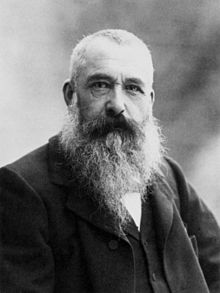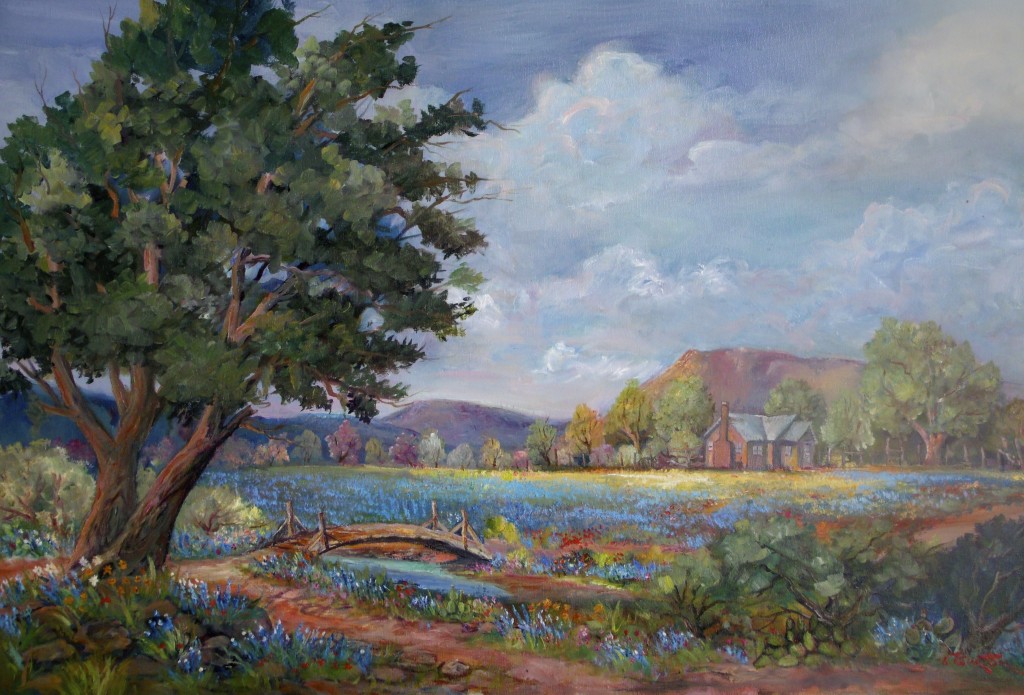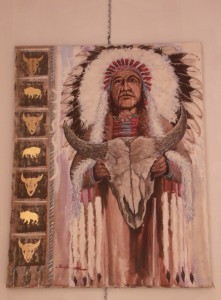
My brother, Lynn Burton, paints anything and everything. However, I appreciate his southwest art motif more than others. I especially like paintings of his Native American Indians, and although we no longer live in the state of New Mexico, we were raised there. So, the tale of Native Americans were a part of our lives.
When people ask me where I came from, I tell them: “I’m from the badlands of New Mexico, barely northeast of Sitting Bull Falls where the great Indian Chief used the butte of the mountain to send smoke signals to his warriors. I was raised one hundred and thirty miles southeast of Lincoln, New Mexico where the murdering, lying, cheating, stealing, and to some at the time, avenging angel, William H. Bonney (alias: Billy the Kid) lived. I am from the state that has the “beep…beep” Road Runner as a state bird, and Yucca as a state flower. I am from the Land of Enchantment. As a young person, I lived eighty-eight miles from where the world famous artist, Georgia O’Keeffe lived.”

My father took lessons from the well-known artist Roderick Mead. Mr. Mead was a friend of Georgia O’Keefe. One Sunday afternoon at one of my father’s art lessons, he was surprised by a visit to Mr. Mead’s class by Ms O’Keefe. He had the opportunity to meet the famous artist, ask her questions, and listen to her freely talk about her art.

So, the experience of being raised in New Mexico embedded an artistic desire to paint and draw images of cowboys, cattle, ranches, mountains, plants, animal skulls, and many other items that represent the atmosphere and life of the old west.
My brother is an experimenting person. He likes to try things few seldom does, especially in different materials and forms of substrates. He is constantly looking for different materials that give him different surfaces.
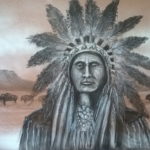
He also experiments with different mediums, constantly trying to come up with some new method of reaching a certain outcome he envisions. It doesn’t seem to bother him if it doesn’t turn out the way he visualizes. “Sometimes it doesn’t turn out the way I thought it would, but often it’s different, even better,” he said, when we discussed it the other day.
The painting to the right is a painting in acrylic that will be painted over in oil. He often under paints his oils with acrylic.
Be sure to visit the galleries above, and visit the art work of different members of the family. My brother has his own gallery, but it expands if you click on the upper picture on the left, find the magnifying glass and type Lynn Burton in the search. You can also click here> http://fineartamerica.com/
Also, visit my Facebook art page (at right), and “LIKE” if you do. Thanks.
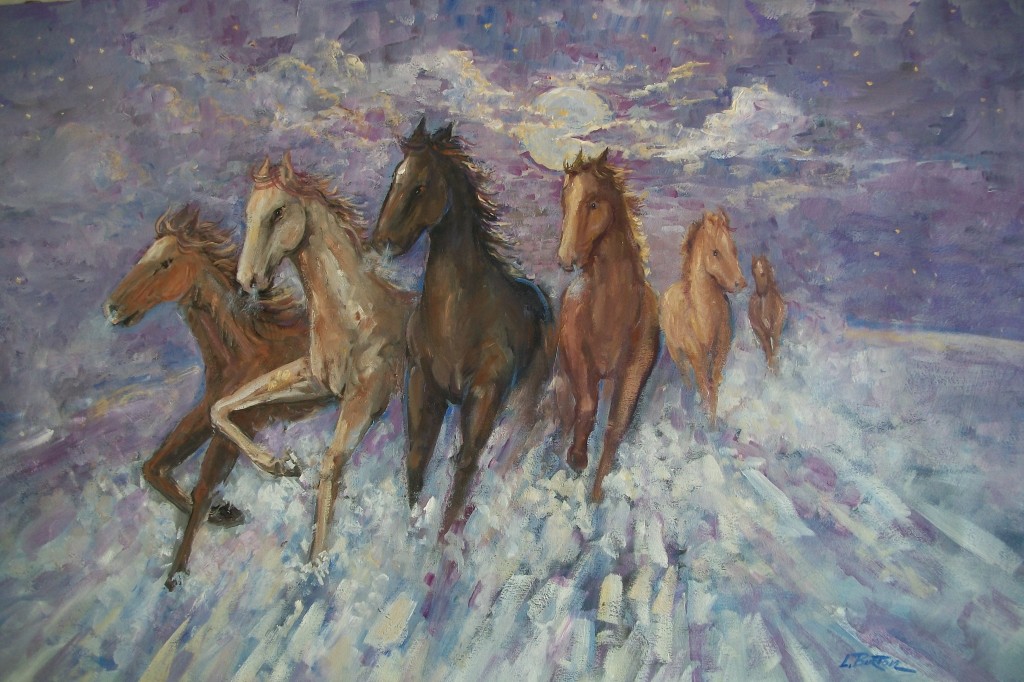
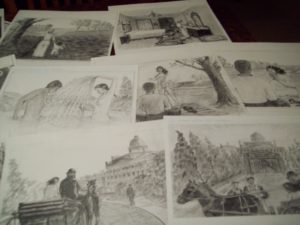
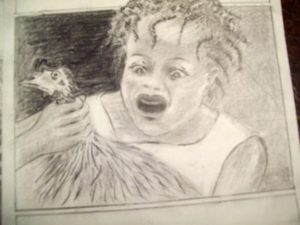

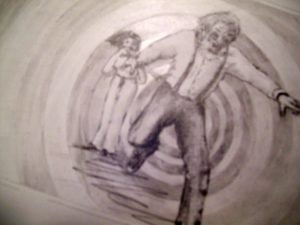
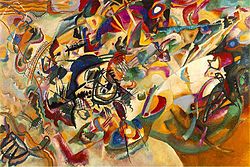
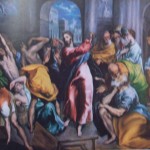
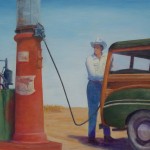
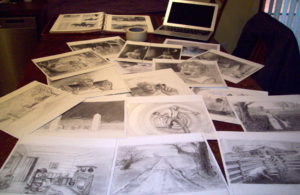
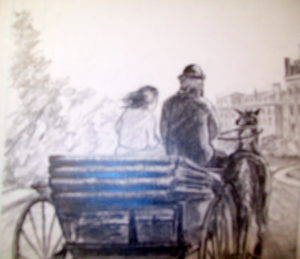
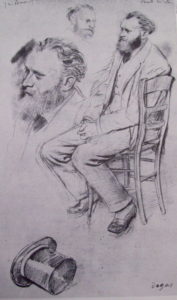
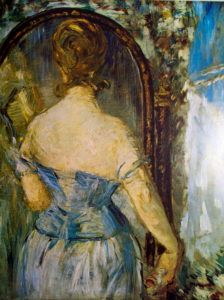
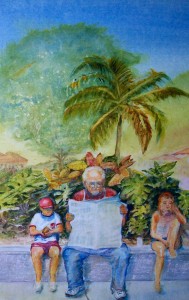
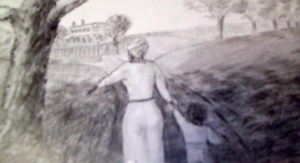
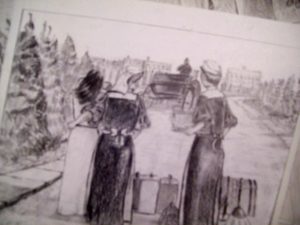

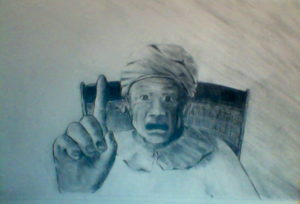
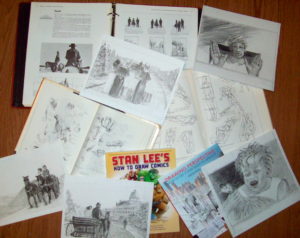
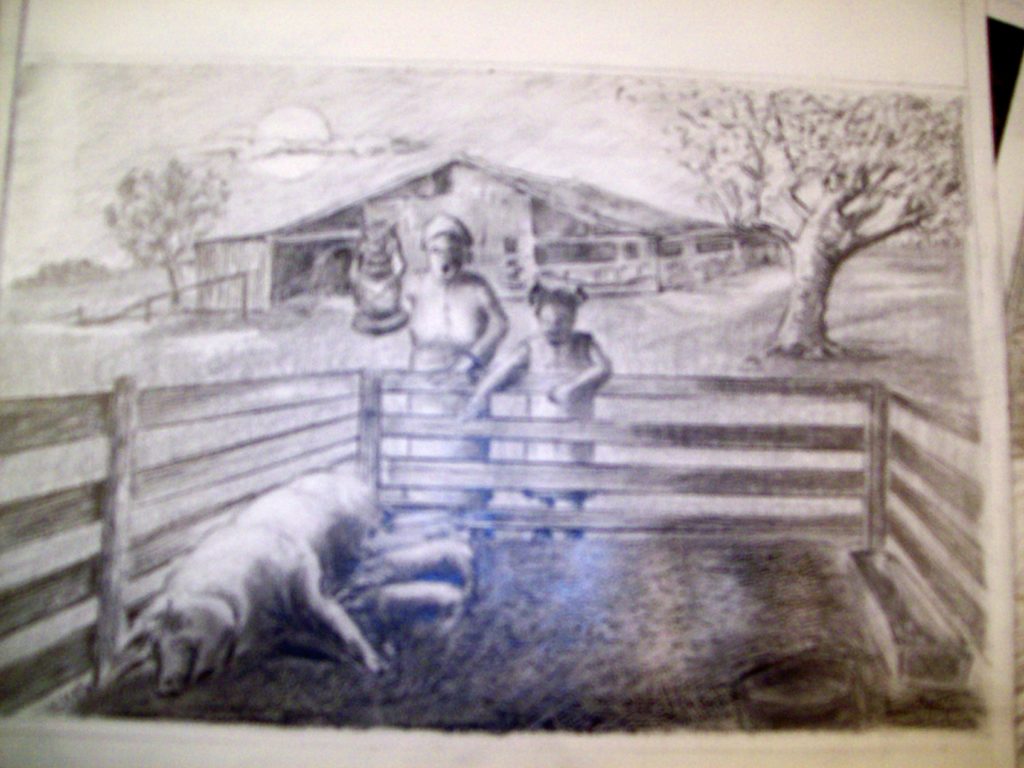
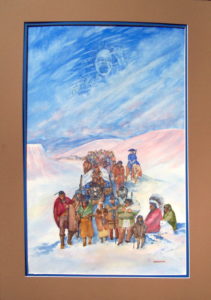
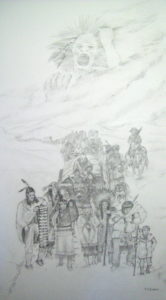

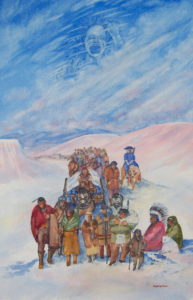
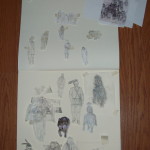
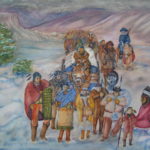
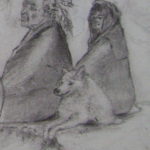

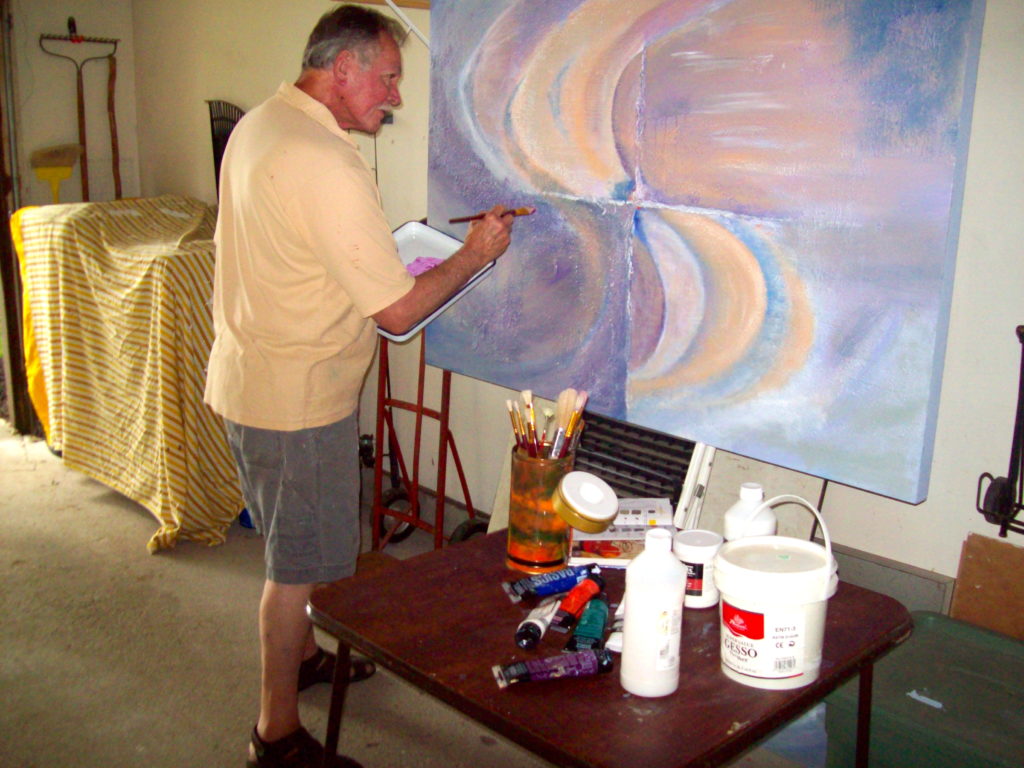

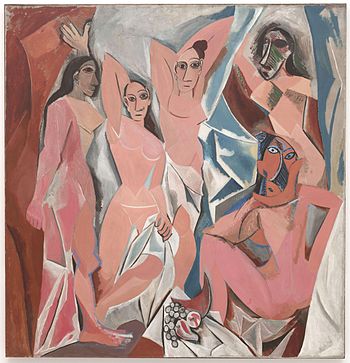
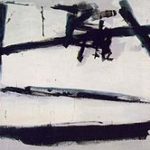
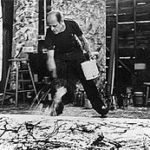 Pollock placed his canvases on the ground and rapidly started pouring, dripping, splashing, and manipulating the paint with a variety of implements.
Pollock placed his canvases on the ground and rapidly started pouring, dripping, splashing, and manipulating the paint with a variety of implements.

